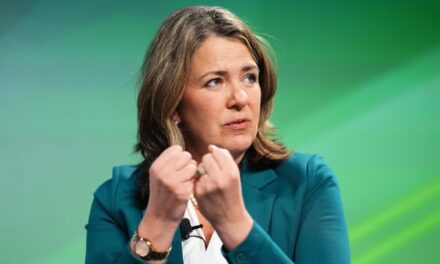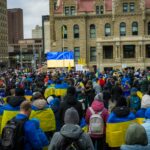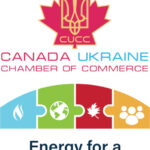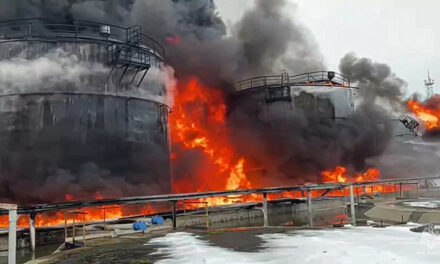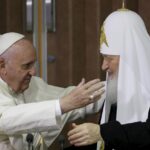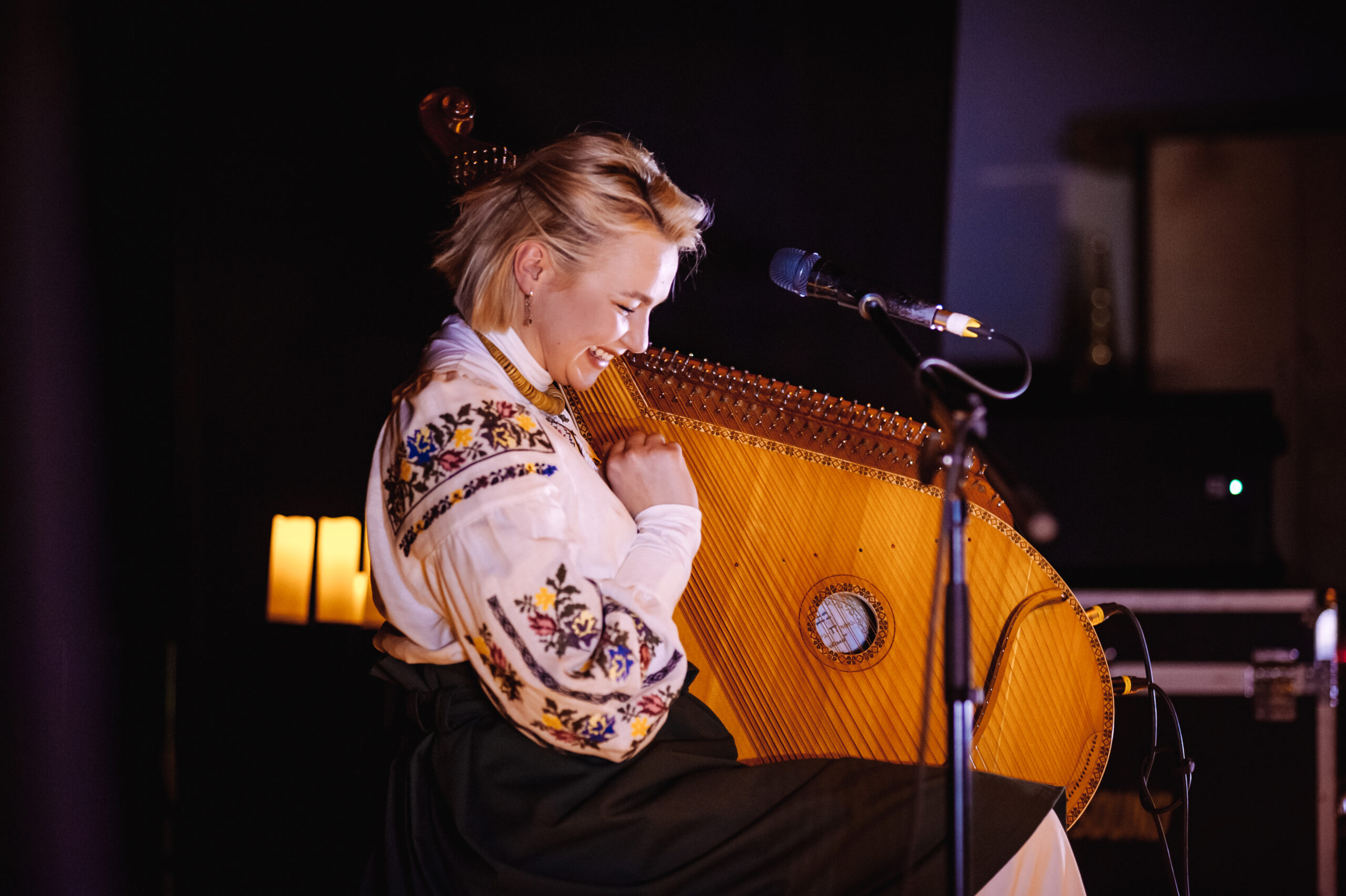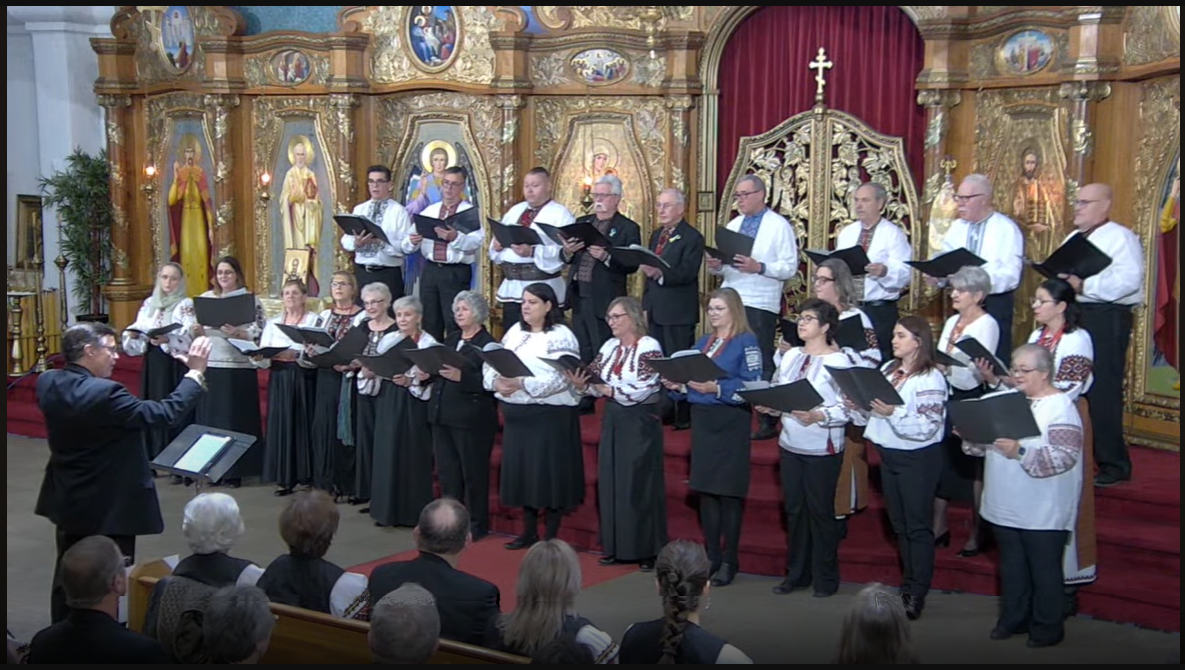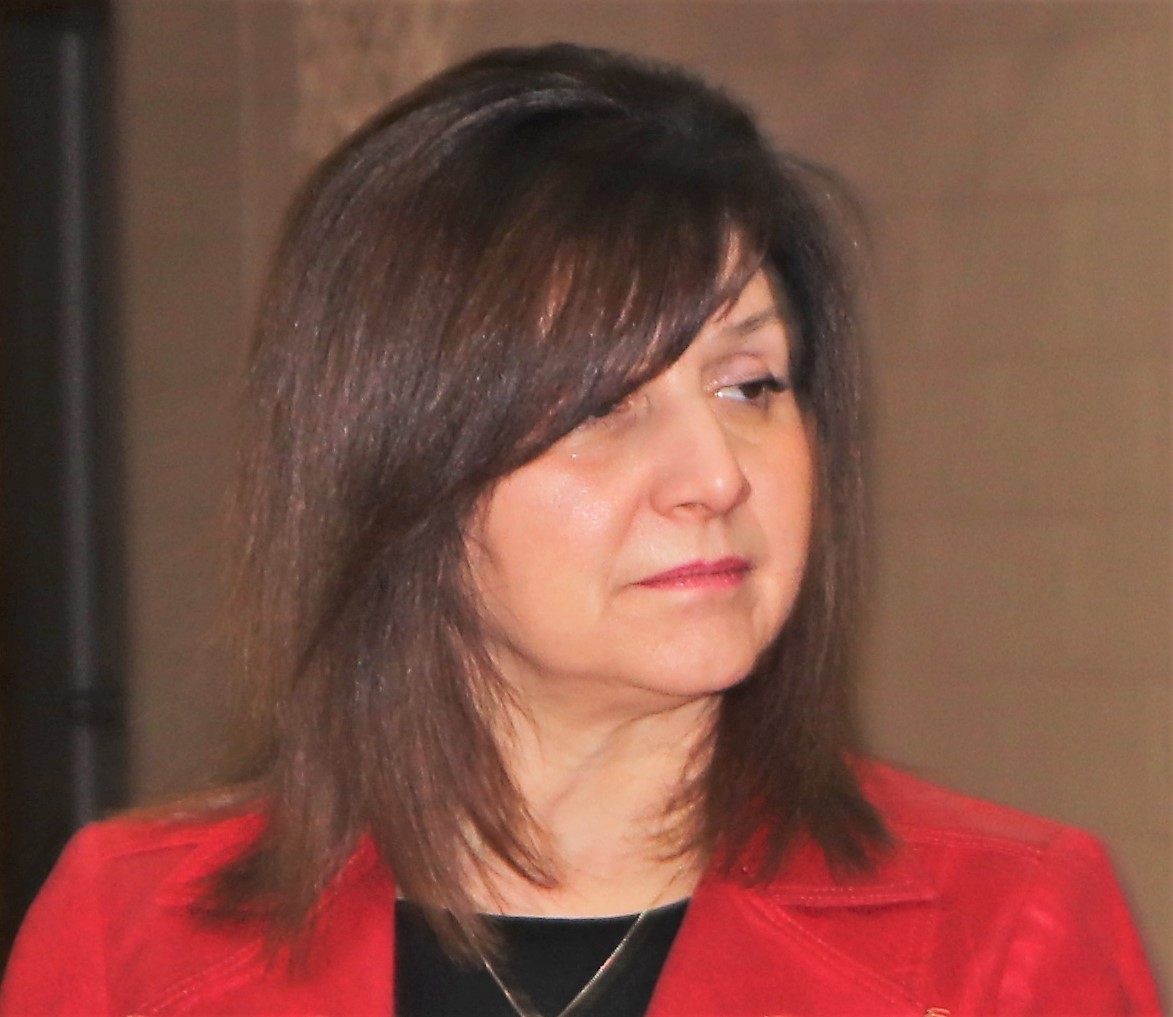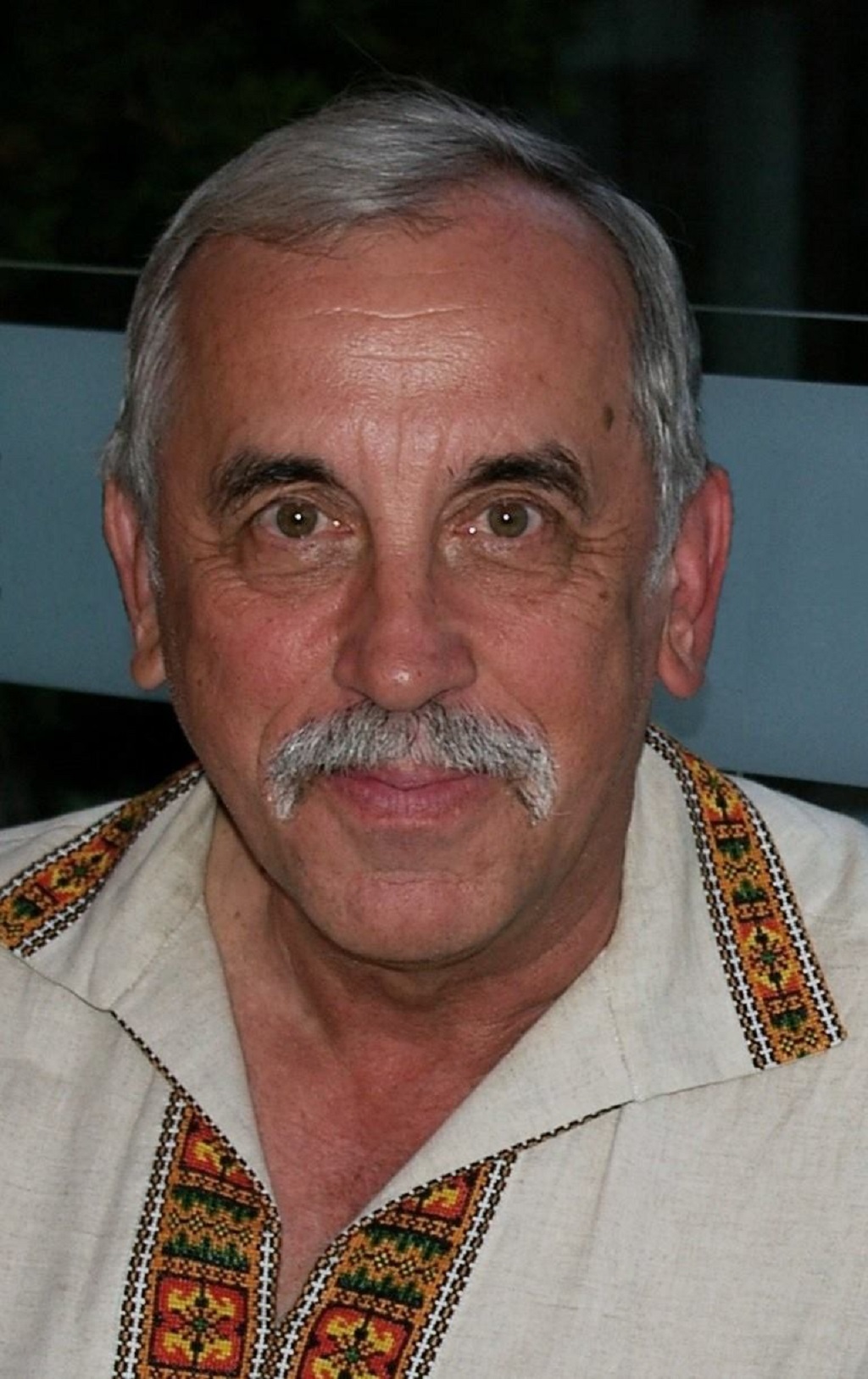Ganna Zakharova for NP-UN.
February 18-23 marks the fifth anniversary of the conclusion of the Maidan Revolution of Dignity in Ukraine. This was the time of the most brutal clashes between the civilian protesters and the police. February 20 was the bloodiest day, when troops loyal to then President Viktor Yanukovych (many of them Russian mercenaries) killed over 100 civilians, who became known as the Heavenly Hundred. This revolution started as the Euomaidan movement to protest the abrupt cancellation by the government of the Association with the European Union in favour of an economic union with Russia in November 2013. It evolved into a Revolution of human dignity and awakening of the Ukrainian people’s national consciousness, including myself. That winter has changed my life forever.
When the student protesters in Kyiv were brutally beaten by the police of the corrupt pro-Russian Yanukovych government, the protest movement became national. I joined the Euromaidan protests in my home city of Simferopol in the Crimea in November 2013, but also had an opportunity to attend Kyiv’s Maidan Nezalezhnosti (Independence Square) that winter. One of the reasons I actually went to the Kyiv Maidan in December 2013 was to disprove the myths launched by Russian agents in Crimea that people at Maidan are on drugs, that they get paid by the US and so forth. On the contrary, in my home town people were recruited at the city museum to go to the pro-Yanukovych ‘Antimaidan’ for 200 UAH per day by organized busses.
At the Kyiv Maidan I had conversations with many people and with my friends. I tried the food cooked in the enormous bowls right at the square but did not find any drugs in it. People were bringing food, medications and other supplies to Maidan. The self-organized mini-city inside the city reminded me of the well-organized historical Zaporozhian Cossacks’ Sich system. Walking along the narrow pathways among the barricades, tents, civilian guards and warm metal barrels with burning wood, I’ve seen all people being busy with something like bees in a hive. People were busy at the Euromaidan press centre, medical point, improvised kitchens, etc. One of my brightest memories of the smoky, barricaded Kyiv city centre that chilly winter night was a delicious berry tea with a Karakum candy among the dark barricades. A couple of students brought a huge pot of this tea and were giving it to all people on Maidan for free. The road to the government buildings was blocked by the Berkut special forces.
That night I talked to one young guard near a tent. Like me, he was not from Kyiv. He had been there since the very beginning. His face was covered, but I could see his eyes. They were tired but shining with determination. I asked for how long he was going to stay here protesting. His reply was – until we oust Yanukovych. At that moment I did not believe that that was even possible and did not take his words seriously. I did not believe that our people were capable of that. A couple of months later I was crying and shivering at night at home while watching streams of deadly clashes at the Maidan. I saw how wooden shields did not protect the protesters from snipers’ bullets in February, and people were falling like tree leaves. I could not believe that this was happening. I could never imagine what was going to happen when I joined the peaceful Euromaidan protests at the central square of my home city Simferopol in the fall of 2013.
As in other cities in Ukraine, we had our own EuroMaidans in Crimea. It was organized by the Ukrainian House public organization. Our Maidan in Simferopol was always opposed by well-organized, aggressive and radicalized people from Russia-sponsored organizations: Communists party, NOD (“People’s Liberation Movement”), Russkiy Block (Russian Block), Russkoye Yedinstvo (Russian Unity), etc. They were smashing the protesters’ cars, verbally abusing us, throwing things at us. Interestingly enough, with the beginning of the Maidan, the Crimean government officials started flying to Moscow and launched a public campaign against the Simferopol Maidan. The key local protesters (many of whom I personally know) were labeled as ‘betrayers of the motherland’, US agents and Nazi. This was broadcasted on TV, public transportation, and leaflets with the protestors’ names, faces and addresses. The forgotten statue of Lenin in my native village was all of a sudden painted in gold.
When Yanukovych fled to Russia and Kyiv was mourning the Heavenly Hundred in late February 2014, Russian paramilitary and regular troops with no chevrons sneaked into Crimea through the Kerch ferry. They started blocking Ukrainian military units, attacking protesters and journalists, then abducting and killing people. Two Ukrainian military officers were shot to death by Russian military, one protester, Reshat Ametov, was abducted from the central square and in a week found dead with signs of severe torture. Many went missing. Peaceful protests did not help against the military power. After the Head of our protest movement, Andrii Shchekun, and two other protesters were abducted and tortured for eleven days, I realized that it was time to flee. Crimea was taken over by Russia. People continued to be persecuted, sentenced to up to 20 years in jail, especially the Muslim Crimean Tatars – the survivors of the brutal Soviet deportation from Crimea to Uzbekistan in 1944 and their and descendants. Following Crimea, the same scenario played out in two provinces of eastern Ukraine – Russian forces attacked Ukraine. But this time, the Maidan protesters self-organized into the voluntary battalions and went to fight off the Russian aggression in the east of Ukraine.
That winter changed me forever. I started to learn about the history of Ukraine and about my roots. I was born in a region in western Russia populated by Ukrainian ethnic minority, who pretty much have forgotten our true historical heritage. Most my relatives in Russia believe the fabricated lies of Russian TV that justify the invasion to Ukraine.
I started to learn Ukrainian history deeper and realized that this awakening of the national consciousness is not the first one in Ukraine. The conditions of the beginning of the 20th century were very similar to what happened in 2014. After the Russian Empire collapsed in 1917, Ukraine felt that it was its chance to declare independence and become a free democratic country. But Vladimir Lenin’s Soviet troops invaded Ukraine and launched the Red Terror. The first attack was in 1918 in the Battle of Kruty, when the Red army killed over 200 Ukrainian defenders (28 of them were taken prisoners of war) – primarily college students.
The truth is that Russian imperialistic appetites were always there even before the USA existed, let alone before it became a great power following the two world wars and creation of NATO. And it is very important for the Western scholars not to get caught into a trap of the Russian propaganda sentiments about Russian-speaking ethnic minorities human rights abuses which try to make the world believe that there is a civil war in Ukraine. If not for military aggression and Russia’s hybrid war, there would be no war in Ukraine and over 13 000 Ukrainian people would still be alive. Ukraine in this situation risks to be just a snack for Russian imperialistic appetites, taking into account the rhetoric and seemingly joking memes that there is only 1800 km for Russian tanks to reach Berlin, so they ‘can repeat’.
The current war in Ukraine has now lasted longer than the Soviet-German War, and the Ukrainian people, including Muslim Crimean Tatars and ethnic Russians living in Ukraine continue to fight for freedom, democracy and dignity and against the Russian World (Russkiy Mir, as it is called). Ironically, human sacrifice is the most powerful force to consolidate resistance. The Heavenly Hundred paid with their lives so we can live and continue the fight. Like Heroes of Kruty, they represent the desire for freedom of the Ukrainian people. They awakened our consciousness which had been so skillfully put to sleep by decades of Kremlin colonization. We shall never forget these sacrifices. We shall remember who we are. We shall tell the history to younger generations so our collective consciousness can never be put to sleep again. As Anders Rasmussen said “If Russia stops fighting — there will be no more war. If Ukraine stops fighting — there will be no more Ukraine”.
Ganna Zakharova is a civil rights activist who had to flee from her native Crimea, Ukraine due to the Russian invasion in 2014. She holds a Master of Social Work in International and Community Development from the University of Calgary, and a Master of Arts in International Studies from Old Dominion University, USA, Fulbright Program. Ganna has several years of work experience with the UNDP in Ukraine, including work with the Internally Displaced People from the war zone in Eastern Ukraine. A member of the Ukrainian Youth Association and the League of Ukrainian Canadian Women, Guardian Angels Ukraine project, she now resides in Calgary.
Share on Social Media


